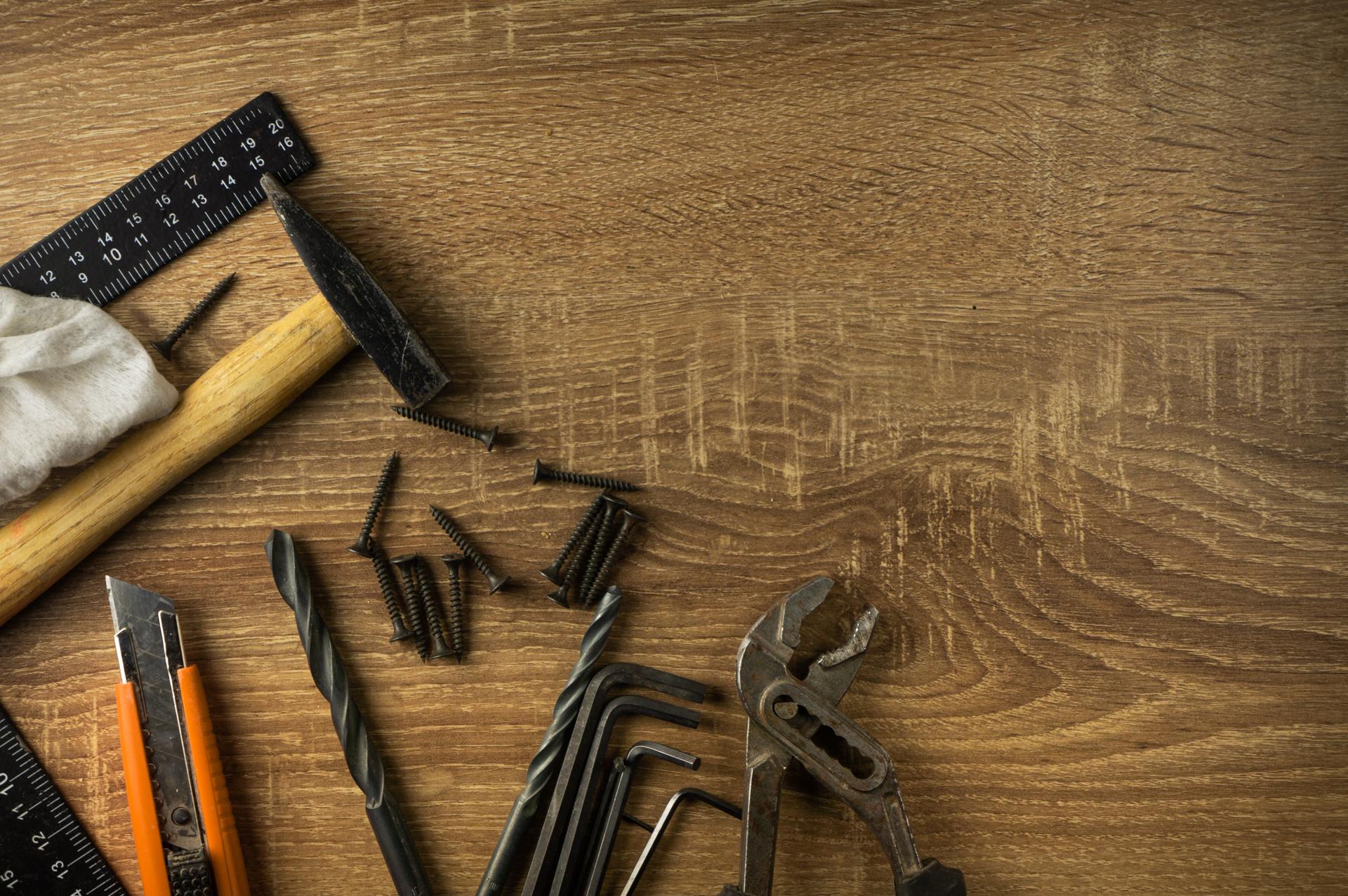Plumbing Problems at Home? Discover How to Resolve Them Yourself!

They are an essential part of every household. Without proper maintenance, they can become the source of numerous problems which can cause inconvenience and expensive repairs.
But, there are many benefits to learning how to resolve minor plumbing issues yourself, including saving money as well as developing useful knowledge. The following article we will discuss common plumbing issues and the DIY methods to fix them.
Common Plumbing Issues
Dripping Faucets
Dripping faucets are not only frustrating, but they also use up a large volume of water during the course of time. The most common cause of leaky faucets is a damaged washer, or an O-ring. To remedy this problem shut off the supply of water for the faucet. take out the handle, and then replace the damaged washer or O-ring.
Running Toilets
A running toilet is a frequent plumbing problem that could waste a lot of water. The most frequent reason is a malfunctioning flapper valve that isn’t sealing correctly, allowing water to leak from the tank to the bowl. To correct this problem, turn off your water source to the toilet. open the tank lid, and adjust or replace the flapper valve.
Clogged Drains
Drains that are clogged can be caused by various things such as soap, hair, and food particles. To resolve this issue you could try using either a plunger or drain snake to eliminate the clog. Alternately, you could use a mixture of vinegar and baking soda to dissolve the clog.
Low Water Pressure
Low pressure water in the pipes can be caused by various causes, including mineral buildup within the pipes or a malfunctioning pressure regulator. To resolve this issue it is possible to clean the aerator or replacing pressure regulator.
Tools Required for DIY Plumbing
To perform DIY plumbing, you will need a few essential tools such as an adjustable wrench, a plunger, pipe wrench, Teflon tape, and screwdriver. The tools you have on hand will help you fix minor plumbing issues.
Safety Tips for DIY Plumbing
Safety should always be top of mind when performing any plumbing work that you do yourself. Some safety tips to remember include shutting off the water supply prior to making any repairs, and wearing safety glasses and gloves and having a first aid kit in case in the event of an emergency.
DIY Plumbing Techniques
To resolve common plumbing issues it is necessary to master a few DIY plumbing methods, such as how to turn off water flow and how to fix a leaky faucet and how to fix an unresponsive toilet, how to unclog the drain, and also how to increase water pressure. These techniques can save you time and money when it comes to minor plumbing repairs.
Conclusion
In conclusion, learning how to fix minor plumbing issues yourself is beneficial in numerous ways. Not only can it help you save costs, but you can also give you a sense of accomplishment and valuable knowledge. For more serious plumbing issues, it’s always better to consult an experienced plumber.
FAQ
Can I fix a plumbing problem myself?
Yes, you can repair minor plumbing issues yourself, by learning a few basic plumbing skills.
Are there any frequently encountered plumbing issues?
The most frequently encountered plumbing problems are leaky taps and toilets that run, blocked drains, and low pressure water.
What tools will I require to do my own plumbing?
You’ll need some important tools, such as an adjustable wrench, a plunger, pipe wrench, Teflon tape, and an screwdriver.
Is DIY plumbing safe?
DIY plumbing is safe if you follow the safety guidelines and take the appropriate steps.
When should I call for a licensed plumber?
You should call a professional plumber for significant plumbing issues that require specialized equipment and expertise.
